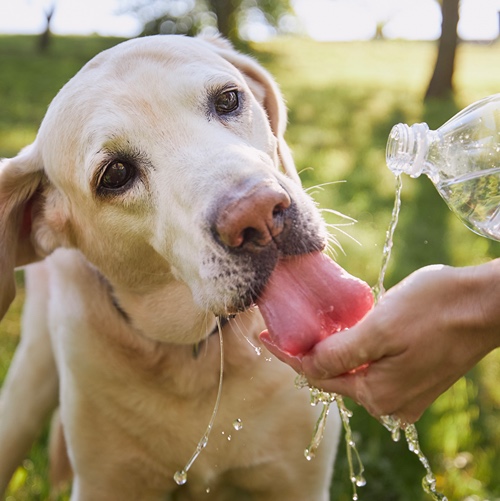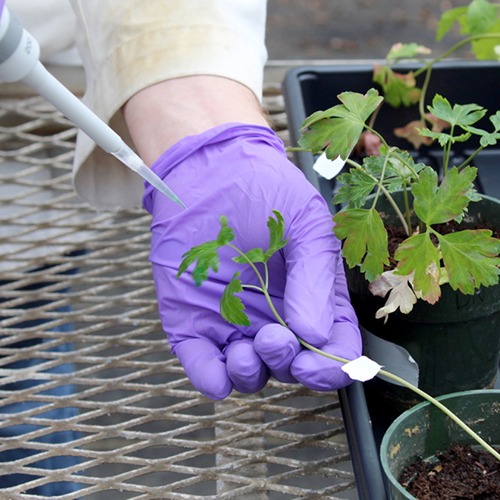Foodborne illnesses sicken more than 48 million people in the United States each year, with 128,000 requiring hospitalization and 3,000 dying, according to the U.S. Centers for Disease Control and Prevention. Preparing food using thermometers correctly to ensure that it is cooked well enough to eliminate pathogens and bacteria could save some of those lives.
A Purdue University analysis shows that few people use thermometers, however, if they even know how. One major factor is that they draw inspiration from celebrity chefs, magazines and food blogs that rarely mention the importance of proper temperatures.
“We see that celebrity chefs simply rely on time estimates in their recipes or cut through the meat to show there is no blood or pink. That doesn’t always mean the food is safe, however,” said Yaohua "Betty" Feng, an assistant professor of food science at Purdue, whose results were published in the Journal of Food Protection. “That affects the behaviors of home cooks and professional cooks. If their role models aren’t using thermometers, why should they? But if chefs preparing food on television or social media would include the use of a thermometer to ensure the food is thoroughly cooked, it would have an impact on their viewers.”
Feng and Christine M. Bruhn of the University of California, Davis, analyzed 85 studies from over two decades to understand knowledge, attitudes and behaviors associated with thermometer use. Despite it being considered a best practice in home and professional kitchens, thermometer use is low.
In one study, two-thirds of people reported owning a meat thermometer, but less than 20% used it all the time to check the temperature of chicken, and less than 10% used it all the time for hamburgers. About half of consumers say that thermometers aren’t necessary to check the doneness of egg or meat dishes.
One of the top reasons given is that role models, such as celebrity chefs, restaurant managers, cookbook authors and bloggers, rarely use temperatures to signify when a dish is cooked completely.
“Use of a cooking thermometer is seldom mentioned in recipes developed for consumers. Printed recipes describe cooking time and oven temperature but rarely list recommended endpoint internal temperature,” the authors wrote. “A recent evaluation of popular cookbooks revealed that only 8% of the recipes containing raw meat included an endpoint temperature, and in 28% of those recipes, the temperature provided was incorrect.”
Analyses of television cooking programs found that 45% to 75% of episodes do not show use of a cooking thermometer, and only 12% mention the correct cooking temperatures.
Feng also noted that many people are unsure which type of thermometer to buy or how to correctly use them, including where to place the thermometer in the food, the correct endpoint temperatures, proper temperature calibration for the thermometer, and proper cleaning and sanitation. About 95% of people in one study did not clean their thermometers after use.
“We see people check chicken that isn’t done, and then they set the thermometer on a plate or on the counter, contaminating those surfaces,” Feng said. “Later, they’ll use that unsanitized thermometer to check chicken again, potentially introducing pathogens to the food.”
Some studies monitoring those using thermometers noted that some cooks did not remove the plastic probe cover before trying to check the temperature of meat. In other studies, cooks believed they could simply tell when food was done. Quotes from those cooks included: “I just look at it, you know, and you can tell it's done. But I don't even know what the real temperature should be.” And “I wiggle the turkey leg. If it's loose, I guess it's done.”
The Partnership for Food Safety, recognizing the need for consumer guidance in use of a food thermometer, has recommended recipes include endpoint internal temperatures be part of every recipe. For more information visit saferecipeguide.org/guide.





